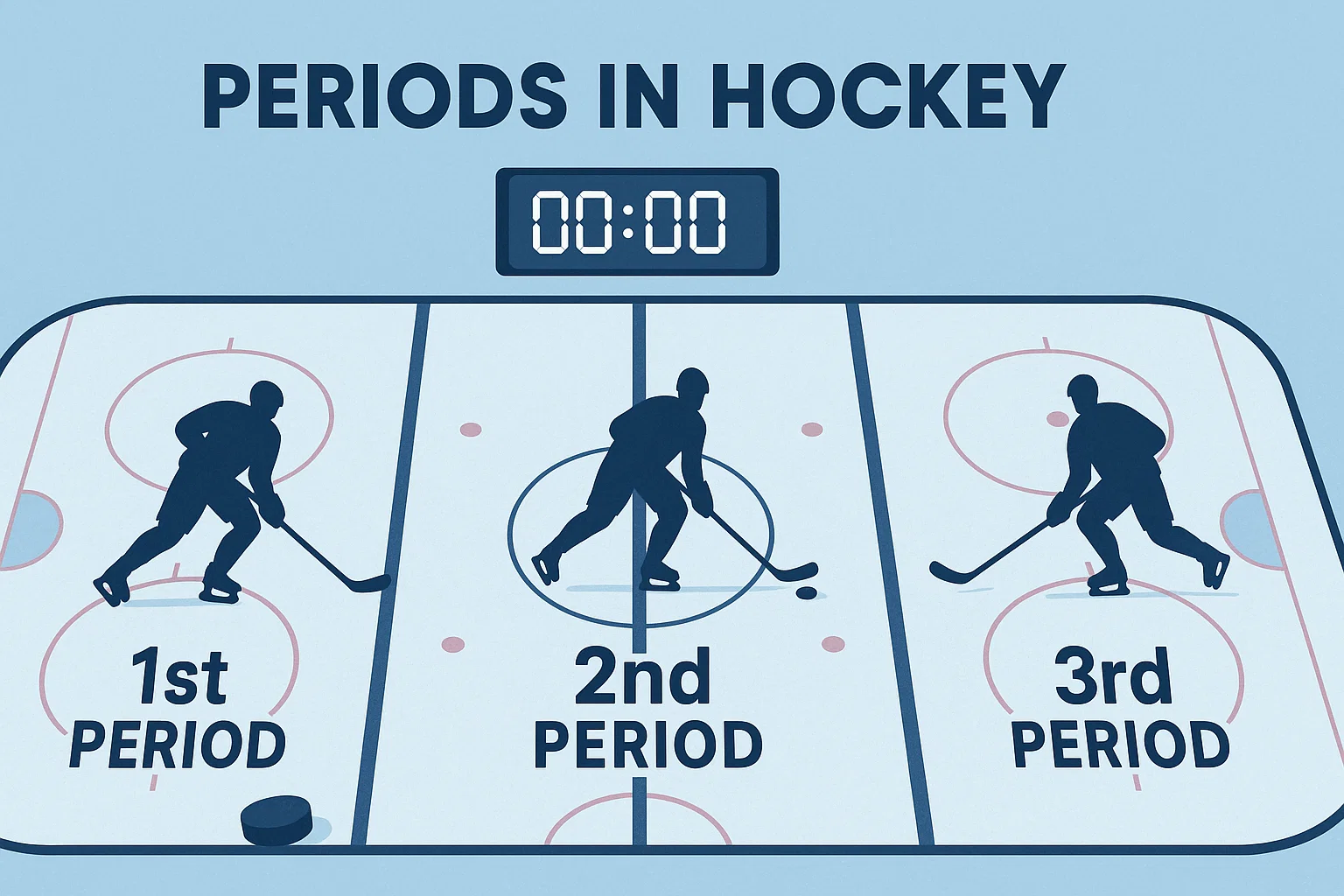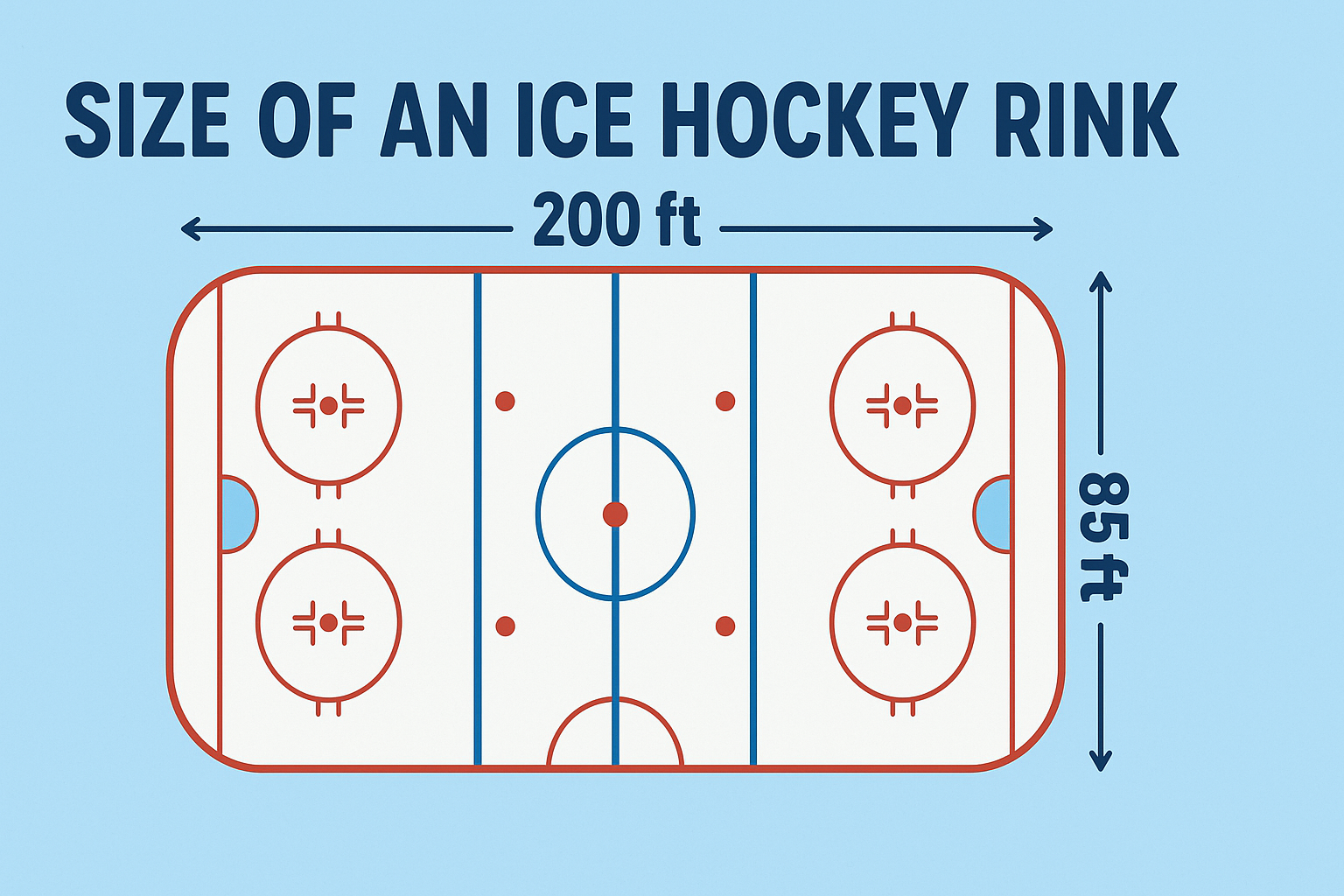Choosing the right skates for ice sports can feel like a daunting task, especially when you’re trying to decide between figure skates and hockey skates. Whether you’re gearing up for a figure skating routine or preparing for a fast-paced hockey game, it’s essential to understand the distinct features that set these two types of skates apart.
As someone who’s spent years on the ice, I’ve had the chance to try both types of skates and understand the nuances that affect performance, comfort, and safety. In this guide, I’ll walk you through the key differences between figure skates and hockey skates, helping you make an informed decision that will enhance your experience on the ice. From blade designs to boot construction, I’ll dive into all the details that matter when choosing the best skate for your needs.
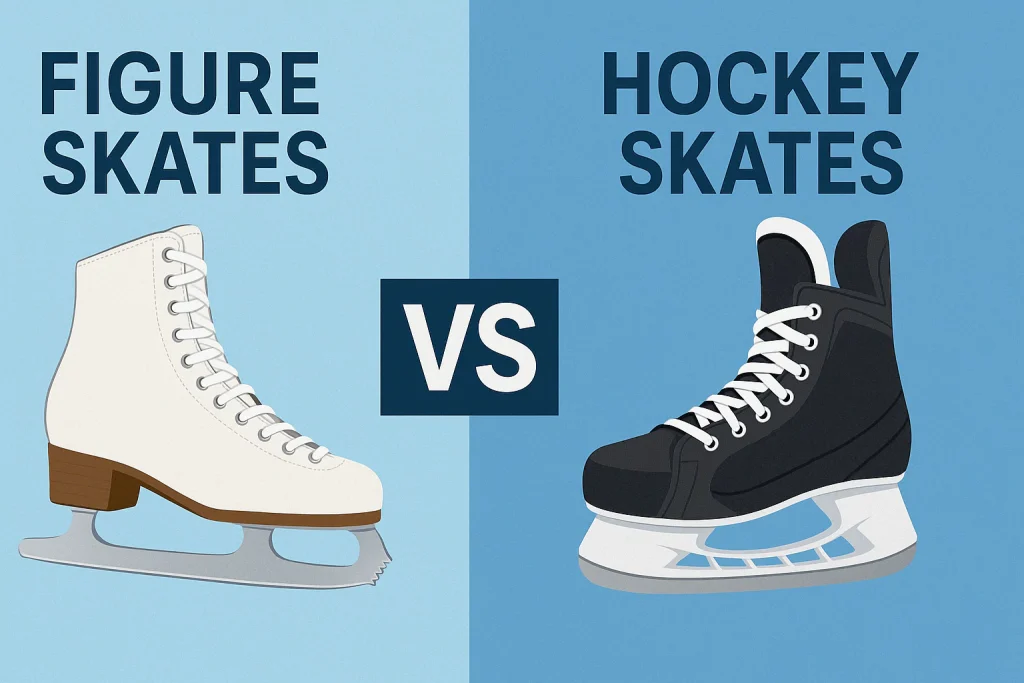
Contents
- 1 Understanding the Basics: What are Figure Skates and Hockey Skates?
- 2 Key Differences Between Figure Skates and Hockey Skates
- 3 Performance Factors: Which Skates Offer Better Support and Speed?
- 4 Comfort and Fit: Which Skate is More Comfortable?
- 5 Choosing the Right Skate for Your Sport
- 6 Maintenance and Durability: How to Care for Your Skates
- 7 Conclusion: Which Skate is Right for You?
- 8 FAQ Section
Understanding the Basics: What are Figure Skates and Hockey Skates?
Figure skates and hockey skates may look similar, but they serve very different purposes. If you’re just getting started with ice skating, knowing the difference can save you time and money—and help you avoid injuries.
Figure skates are designed for grace and control. They have a long blade with a jagged edge at the front called a toe pick. This toe pick is used for jumps, spins, and quick stops. Figure skates also have a taller boot that gives strong ankle support, which is great for moves that need balance and posture.
Hockey skates, on the other hand, are built for speed and power. Their blades are shorter and more curved, which helps with fast turns and quick stops. They don’t have a toe pick, making them better suited for gliding and sprinting across the rink. Hockey skate boots are lower around the ankle, which gives more freedom to move quickly.
If you’re into figure skating, your skates need to support complex footwork and elegant motion. But if you’re into ice hockey, you need gear that’s tough, quick, and flexible for action-packed play.
Basic Comparison of Figure Skates vs Hockey Skates
| Feature | Figure Skates | Hockey Skates |
| Primary Use | Artistic skating – spins, jumps, choreography | Speed, agility, and impact for hockey |
| Toe Pick | Yes | No |
| Blade Length | Longer for balance | Shorter for quick movement |
| Blade Shape | Flat with slight curve | Pronounced curve (rocker) |
| Boot Style | High-cut with soft padding | Low-cut with rigid, molded shell |
| Flexibility | Less flexible, focused on control | More flexible, focused on speed |
| Skill Focus | Balance, form, and precision | Power, agility, and endurance |
Key Differences Between Figure Skates and Hockey Skates
I’ve used both types of skates on the rink, and let me tell you—each has its own feel and function. Here’s a closer look at how they differ and why it matters:
Blade Design

Figure skate blades are longer and flatter, with a toe pick at the front. That pick lets you dig into the ice for jumps and spins. The blade’s extra length also adds stability for slow, detailed movements.
Hockey skate blades are shorter and curved. They’re made for speed, balance, and sharp turns. The curve (called a rocker) helps players glide fast and change direction quickly.
If you’re curious, here’s a great breakdown of blade types that shows why length and shape matter so much.
Boot Construction
Figure skates have a high boot with more padding. This keeps your ankle locked in, which is important for figure skaters doing tricks and spins. The boot is usually made of leather or synthetic leather, and the build is stiff to keep your posture firm.
Hockey skates use a hard shell that offers better protection. Since hockey involves pucks, sticks, and collisions, the boot is built to absorb impact. It’s also lower around the ankle, which gives more freedom to pivot and sprint.
Flexibility and Stiffness
Figure skate boots are stiff and structured. That stiffness supports your ankles while performing detailed moves and landings. But it also means less flexibility.
Hockey skates are more flexible. They need to allow the foot to move fast and respond quickly to changes. This makes them better for agile play.
Design Comparison – Blade & Boot Differences
| Feature | Figure Skates | Hockey Skates |
| Toe Pick | Yes – used for jumps, spins, and stops | No – smooth front for fast movement |
| Blade Length | Longer, with more surface contact | Shorter for agility and quick turns |
| Blade Curve (Rocker) | Minimal curve – more stable for balance | More pronounced curve for fast maneuverability |
| Blade Width | Thinner blade for precise control | Slightly wider for strength and grip |
| Boot Height | High-cut for ankle support during tricks | Low-cut for freedom of movement |
| Boot Material | Leather or synthetic leather (softer exterior) | Hard composite or thermo-molded material |
| Boot Stiffness | Stiff for better control and posture | More flexible for speed and impact absorption |
Performance Factors: Which Skates Offer Better Support and Speed?
Over the years, I’ve tested both figure skates and hockey skates in many settings—from practice rinks to full-speed games. The way each skate handles speed and support is very different.
Support
Figure skates are made to help skaters stay balanced while doing spins, glides, and jumps. The boot is high and stiff, giving your ankle strong support. This is helpful when landing from jumps or holding tough poses. If you’re learning tricks or working on form, the support in figure skates makes a big difference.
Hockey skates, though, offer a different kind of support. The boot still protects your foot and ankle, but it’s shaped to let you move fast. It wraps tightly around your foot, keeping it snug without locking it too much. That balance lets players stop, start, and shift directions quickly.
For more insight on ankle support in ice skates, this guide explains how design impacts performance and safety.
Speed
If speed is your thing, hockey skates have the edge. Their curved blades make quick turns easier. Plus, their lightweight build helps you move faster on the ice. In my own hockey sessions, I noticed how easy it was to push off and sprint forward.
Figure skates are not built for speed. The longer blade gives more stability, but it drags a bit more. That’s why figure skaters glide gracefully rather than race. The National Hockey League often shows how blade curves affect acceleration, especially during sprints and stops.
Each skate is built with a clear goal. One favors beauty and balance; the other favors speed and agility.
Comfort and Fit: Which Skate is More Comfortable?
Let’s be honest—if your skates hurt, you won’t enjoy the ice, no matter how well they perform. I’ve worn skates that felt like slippers and others that made my toes cry. Here’s what I’ve learned.
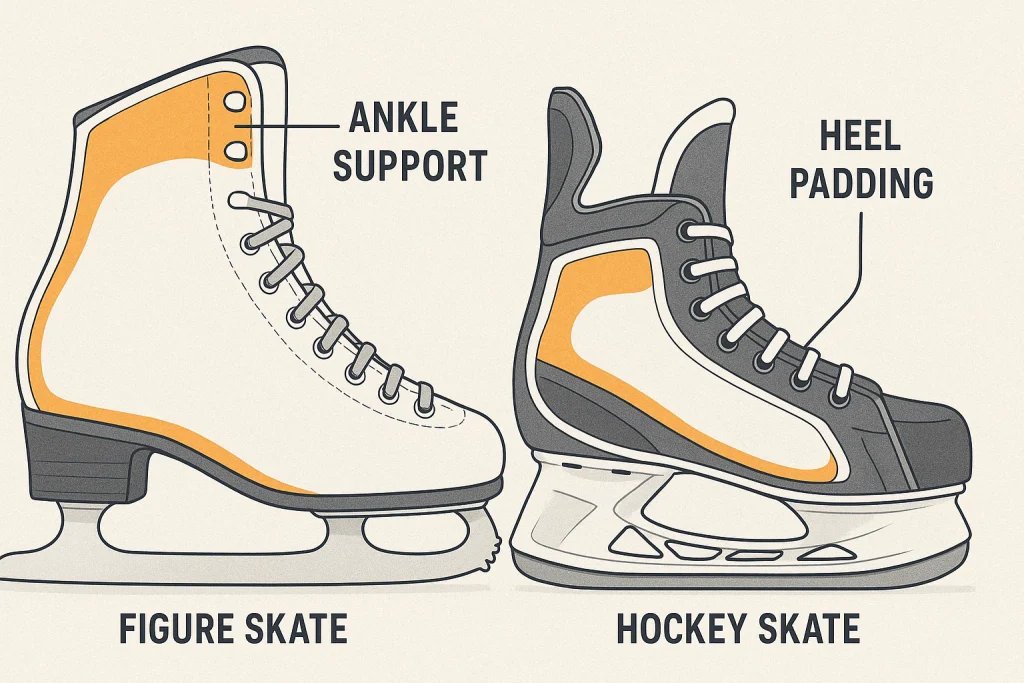
Figure Skates
Figure skates tend to feel softer inside. The boot is padded and shaped to support longer skating sessions. Since figure skating involves lots of time on the ice doing slow moves, comfort is key. I’ve spent hours doing choreography practice, and the added cushion helped me last longer.
The break-in time can be a bit longer, though. The stiff boot takes time to mold to your foot. But once it does, it feels like a natural fit. The extra support also helps your posture, which reduces fatigue.
Here’s a pro guide on breaking in skates that’s helped me and many others avoid sore feet.
Hockey Skates
Hockey skates are tighter and harder, which some skaters find less comfy at first. But they’re built to protect. The inside padding is there to absorb shocks and hits. Once they’re broken in, they feel like an extension of your foot—light, responsive, and safe.
In games, I’ve found that the snug fit gave me more control. I could dart left or right without feeling off-balance. If you like a secure, firm feel, hockey skates might be more your speed.
To learn how sizing and fit affect your skating, check out this fitting guide by Pure Hockey.
Comfort & Fit Comparison of Figure Skates vs Hockey Skates
| Feature | Figure Skates | Hockey Skates |
| Padding | Thick inner padding for soft, plush feel | Firm padding for shock absorption |
| Break-in Time | Longer due to stiff boot structure | Shorter with some models offering heat molding |
| Snugness | Less snug, designed for flexibility | Very snug, hugs the foot for better control |
| Foot Support | High boot for strong ankle support | Lower boot with enough support for agility |
| Interior Comfort | Designed for long, graceful sessions | Built for short bursts of fast, intense movement |
Choosing the Right Skate for Your Sport
Picking the right skate depends on what you want to do on the ice. I’ve helped friends choose their first pair, and the advice I give is always the same—start with your goal.
For Figure Skating
If you’re into figure skating, your skates need to match the art and skill of the sport. Go for a boot that offers strong ankle support. Make sure it has a toe pick for jumps and spins. Also, look for a longer blade, which helps with balance during slow moves.
For beginners, try soft boots that are easier to break in. As you grow your skills, you can move up to stiffer boots. Brands like Jackson and Riedell offer great beginner models with solid support.
If you’re unsure which level of skate is right for you, this beginner’s guide to figure skates can help a lot.
For Hockey
If you’re getting into hockey, your skates should be quick, light, and tough. Look for a snug fit, strong padding, and a curved blade. The boot should feel secure but not too tight. This helps you skate faster and turn better.
New players often ask me if they need top-tier skates right away. The truth is, mid-level skates work just fine. Brands like Bauer and CCM have hockey skates for all levels.
And if you’re choosing for a child or teen, remember—growth happens fast. Don’t overspend on a perfect fit that’ll last only one season.
Maintenance and Durability: How to Care for Your Skates
Taking care of your skates is a big part of the sport. I’ve seen great skates go bad just from poor care. The good news? A few easy habits will keep your skates in top shape for years.
Blade Care
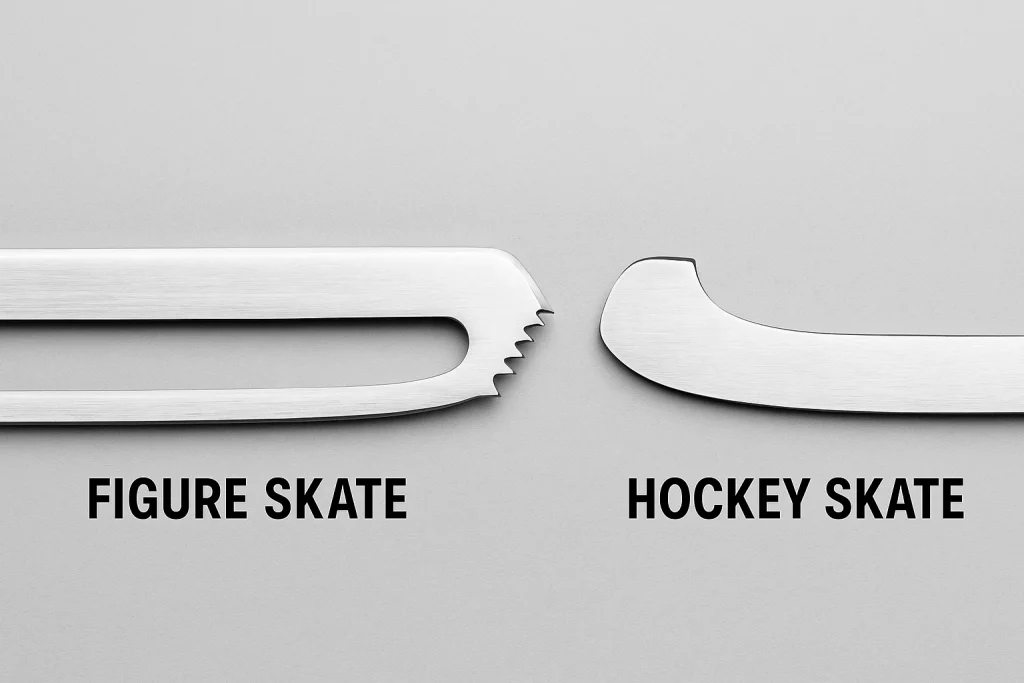
After every skate session, dry your blades with a soft cloth. Ice and moisture can cause rust, even if you’re only off the rink for a few minutes. I use blade guards to protect my edges when I walk off the ice.
Sharpen your blades often. For figure skates, I usually sharpen them every 15-20 hours of ice time. Hockey skates might need it sooner—about every 10-15 hours—depending on how you play. A good sharp edge makes a huge difference in how you skate.
Here’s a clear guide on blade sharpening that explains how to know when it’s time.
Boot Care
Boots need love too. Let them air-dry after every use. I open the laces and take the insoles out. This helps prevent smells and keeps the inside dry. Never leave your skates in your car or locker overnight—it can ruin the materials.
Check the screws and rivets now and then. If anything feels loose, get it fixed right away. Worn parts can lead to injury or damage your skates beyond repair.
For detailed tips, this boot care guide covers how to protect both figure and hockey skates.
With proper care, even entry-level skates can last multiple seasons.
Conclusion: Which Skate is Right for You?
Now that you’ve seen how figure skates and hockey skates stack up, the choice comes down to your goals on the ice. Both types offer something special.
If you’re drawn to elegance, balance, and artistic moves, figure skates are for you. The longer blade, the toe pick, and the stiff boot all help you stay in control during spins and jumps. They’re ideal for those who want to dance across the ice or take up formal figure skating lessons.
But if fast cuts, quick stops, and competitive team play are more your style, hockey skates will suit you better. Their curved blade and snug boot give you the edge in speed and agility. They’re perfect for players who need to stay light and responsive.
Both skates can bring you joy and skill—just in different ways. I always tell beginners: match your skates to your passion. Once you do, the ice feels like home.
FAQ Section
Q1: Can you use figure skates for hockey or vice versa?
Technically, yes—but it’s not a good idea. Figure skates have a toe pick, which can trip you up during fast hockey moves. Hockey skates aren’t made for balance-based tricks, so spins and jumps will be harder. It’s best to stick with the right skates for your sport. Here’s why from U.S. Figure Skating.
Q2: Do hockey skates need to be sharpened as often as figure skates?
Yes, and sometimes even more. Hockey involves quick cuts and rough surfaces, which dull blades faster. I usually sharpen my hockey skates after every 10-15 hours on the ice. Figure skates last a bit longer before needing a tune-up. Learn more in this sharpening guide.
Q3: What is the best way to break in new ice skates?
Wear your skates around the house (with guards), lace them fully, and take short practice sessions on the ice. Some players also do a heat molding process if their skates support it. Breaking them in slowly prevents pain and lets your foot adjust to the boot.
You’re now fully equipped to choose your perfect pair of skates.
If you found this helpful, feel free to share it or drop a comment below—I’d love to hear what you picked and how your skating journey is going!
 Sports Daily Info All Things Sports, from News to Match Schedules
Sports Daily Info All Things Sports, from News to Match Schedules


